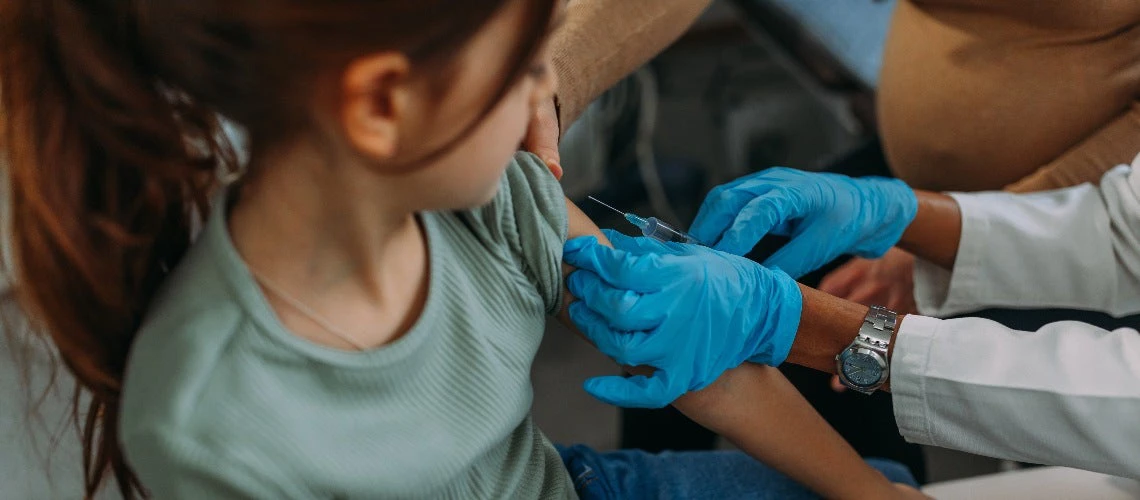 Vaccines can prevent cervical cancer, but global vaccine coverage rates remain low, leaving millions of women and adolescent girls at risk of developing the disease. Copyright: Shutterstock
Vaccines can prevent cervical cancer, but global vaccine coverage rates remain low, leaving millions of women and adolescent girls at risk of developing the disease. Copyright: Shutterstock
More than 300,000 women die of cervical cancer each year—and more than 90 percent of them live in low- and middle-income countries. These deaths are unnecessary because the tools exist to eliminate cervical cancer completely. But access to vaccines, screening and treatment continues to be scarce in the places that need them most.
Vaccines prevent human papillomavirus (HPV) infections, which in turn prevent cervical cancer and other HPV-related cancers. Cervical cancer is also curable if detected early and treated appropriately. WHO’s Global Strategy to Accelerate Elimination outlines three key steps: vaccination, testing and treatment. New evidence for a single-dose vaccine, and updated recommendations to simplify and increase access to screening and treatment, will reduce barriers to implementing this strategy.
From March 5th to 7th, 2024, the World Bank and the Global Financing Facility (GFF) along with the governments of Colombia and Spain and other partners are co-organizing the first ever Global Forum on Cervical Cancer Elimination in Cartagena de Indias, Colombia, which aims to catalyze governments, donors, civil society, and others to commit to cervical cancer elimination and galvanize the global community.
HPV vaccination: the opportunity and the challenges
HPV vaccination offers significant benefits, including preventing cervical and other cancers, reducing the risks of genital warts, and promoting herd immunity to protect those that have not or cannot be vaccinated. HPV vaccination is primarily recommended for girls between the ages of 9 to 14 years before they become sexually active. If feasible and affordable, girls and women over 15 years old, boys, older men or men who have sex with men should also be vaccinated.
The vaccine is safe, extremely effective and has the potential to save millions of lives and can prevent up to 90% of all cervical cancer cases. HPV vaccination is classified as a “best buy” for non-communicable disease prevention, and is considered a “very cost-effective and affordable intervention.
Vaccination rates remain low, globally
Despite efforts by countries and partners, global vaccination coverage rates for fully vaccinated girls remain low (16% in 2021), leaving millions of women and adolescent girls vulnerable to the virus, and at risk of developing the disease. Reasons for this low take up are the cost of the vaccine and supply constraints, particularly between 2017 and 2021. Vaccinating adolescent girls can also pose unique challenges, such as reaching girls both in and out of school, and gender-related barriers including demand and trust issues such as vaccine hesitancy and lack of existing touchpoints, within and outside of the health system. That’s why it will be important to integrate cervical cancer prevention, screening and treatment into primary health care and ensure that every woman and every girl has access to such services.
What are the World Bank and GFF doing to support HPV vaccination?
The World Bank and the GFF are doubling down efforts in supporting cervical cancer elimination with new investments of at least $400 million for HPV-related programming over the next three years.
We are also a core partner of Gavi, the Vaccine Alliance, which has launched an ambitious new plan to immunize 86 million girls in low- and middle-income countries by 2025 (up from 15 million girls immunized by 2021), aiming to avert over 1.4 million future deaths from cervical cancer. Countries that have already received Gavi support since the plan was launched include Bangladesh, Cambodia, Kenya, Malawi, Nigeria, Sierra Leone, Tanzania and Togo.
Currently, the World Bank is providing financing for HPV vaccination in Ethiopia, Laos, Nigeria, Madagascar and Mozambique and did so previously under projects in Argentina and El Salvador. More projects are under preparation, particularly in Africa. Alongside, the GFF can provide catalytic financing and technical assistance within and outside the health sector – such as education and social protection--to reach in- and out-of-school adolescent girls who are often marginalized by health and school systems.
Successfully introducing the HPV vaccine in El Salvador
El Salvador, where cervical cancer is the leading cause of death among women 30 to 59 years of age, was an early adopter of HPV vaccination. The World Bank supported the initial discussion and pilot programs. The initial plan was to introduce HPV vaccination through schools. However, due to COVID-related school closures, HPV vaccination instead began in 9-year-old girls at primary care establishments and at home through community health workers.
Key for success was the government’s full commitment, the help of health promoters—paid community-based health workers—to identify girls eligible for home-based vaccination, and an information, education and communication strategy that involved education of health care workers in primary health care facilities and the population. By the end of the project, more than 45,000 girls were vaccinated.
Increasing vaccination coverage
In addition to financing, the World Bank supports knowledge generation and exchanges to optimize vaccination strategies. With support from the Bill and Melinda Gates Foundation, such work helps increase the percentage of young women, and potentially boys, in eastern and southern Africa who receive the HPV vaccine.
The World Bank and GFF are also well-positioned to help make linkages between government, civil society and other private institutions to ensure active and meaningful inclusion of communities in decision-making and implementation. Moreover, the GFF assists governments to prioritize adolescent health in highly budget-constrained environments to keep the focus on increasing investments for this vulnerable group.
To receive weekly articles, sign-up here

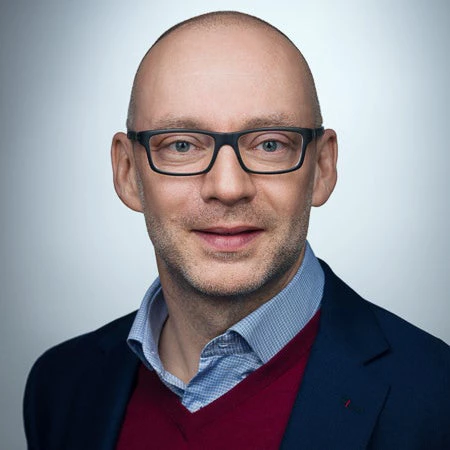
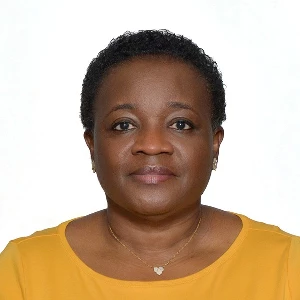
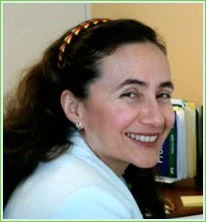
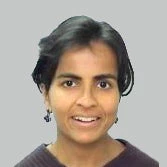
Join the Conversation